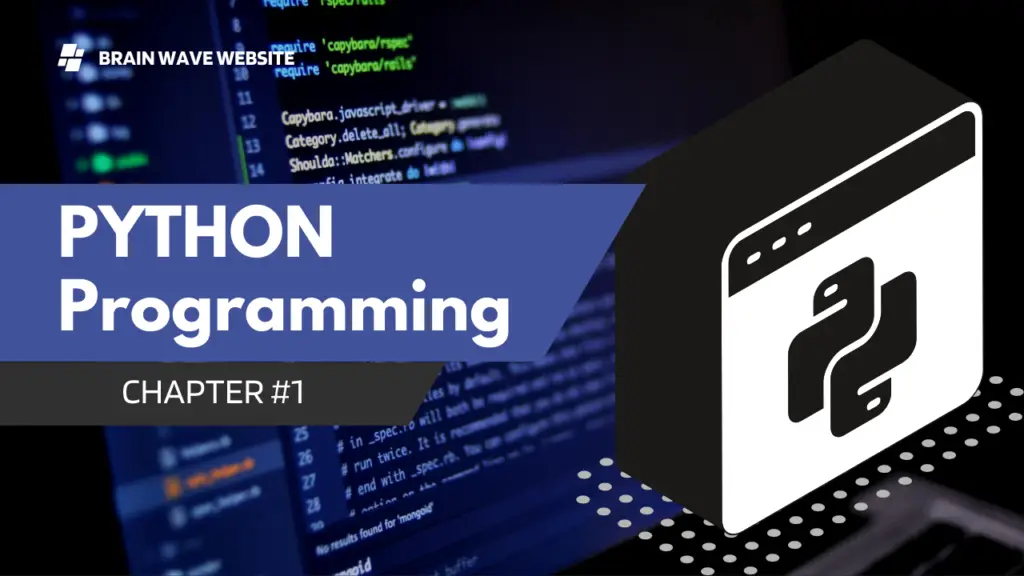Welcome to the exciting world of programming. I’m so glad you picked up this book and I sincerely hope this article can help you master the Python language and experience the exhilaration of programming. Before we dive into the nuts and bolts of Python programming, let us first answer a few questions.

What is Python?
Python is a widely used high-level programming language created by Guido van Rossum in the late 1980s. The language places strong emphasis on code readability and simplicity, making it possible for programmers to develop applications rapidly. Like all high level programming languages, Python code resembles the English language which computers are unable to understand. Codes that we write in Python have to be interpreted by a special program known as the Python interpreter, which we’ll have to install before we can code, test and execute our Python programs. We’ll look at how to install the Python interpreter in Chapter 2. There are also a number of third-party tools, such as Py2exe or Pyinstaller that allow us to package our Python code into stand-alone executable programs for some of the most popular operating systems like Windows and Mac OS. This allows us to distribute our Python programs without requiring the users to install the Python interpreter.
Why Learn Python?
There are a large number of high level programming languages available, such as C, C++, and Java. The good news is all high level programming languages are very similar to one another. What differs is mainly the syntax, the libraries available and the way we access those libraries. A library is simply a collection of resources and pre-written codes that we can use when we write our programs. If you learn one language well, you can easily learn a new language in a fraction of the time it took you to learn the first language. If you are new to programming, Python is a great place to start. One of the key features of Python is its simplicity, making it the ideal language for beginners to learn. Most programs in Python require considerably fewer lines of code to perform the same task compared to other languages such as C. This leads to fewer programming errors and reduces the development time needed. In addition, Python comes with an extensive collection of third party resources that extend the capabilities of the language. As such, Python can be used for a large variety of tasks, such as for desktop applications, database applications, network programming, game programming and even mobile development. Last but not least, Python is a cross platform language, which means that code written for one operating system, such as Windows, will work well on Mac OS or Linux without making any changes to the Python code. Convinced that Python is THE language to learn? Let’s get started…